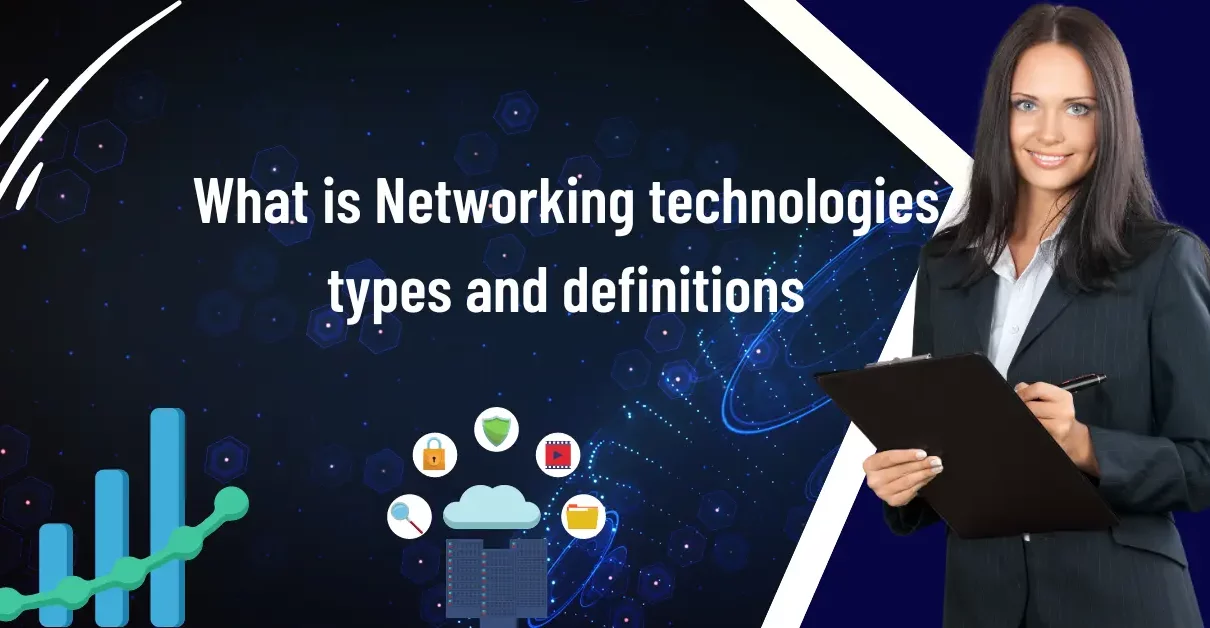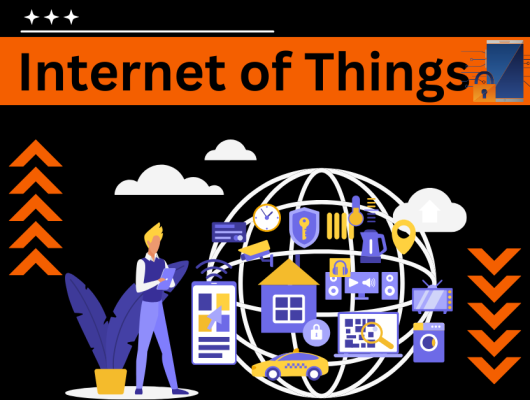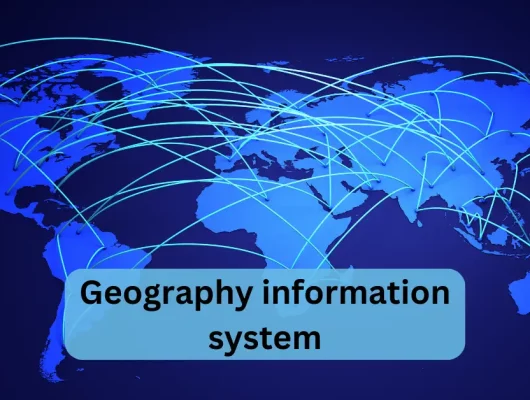Introduction
Networking technologies are essential for connecting people, devices, and systems in the quickly changing digital world. Network technology has come a long way from the early days of basic point-to-point connections to the sophisticated, complex networks we have today. This essay explores the field of networking technologies, looking at their types, definitions, and increasing significance in relation to emerging technologies like cybersecurity and artificial intelligence.
Networking Technologies Definition
The many techniques, protocols, and hardware used to link and communicate between devices and systems, enabling resource access, data sharing, and data transfer, are collectively referred to as networking technologies. Networking technology is fundamental to our interconnected world because it makes it possible for services and data to be shared.
Networking technologies based on Transmission
The mode of data transmission frequently influences the choice of network technology. To transfer data over short distances, long distances, or through particular media, several technologies are used:
Wired Networks:
Physical cables are used in wired networks to transmit data. Ethernet, fiber-optic cables, and coaxial cables fall under this category. They provide excellent security and dependability.
Wireless Networks:
Radio waves are used by wireless technologies, such as Wi-Fi, Bluetooth, and cellular networks, to transfer data without the need for physical connections. Mobility and flexibility are provided by wireless networks.
Satellite Networks:
These networks are appropriate for global communication, but they have some latency because they rely on satellites in orbit to transfer data over great distances.
Optical Networks:
Fiber-optic cables are used in optical networks to transmit data at high speeds via light signals. High-bandwidth applications require them.
Powerline Communication (PLC):
Within a house or building, PLC transmits data via electrical wiring. It’s practical for adding networking functionality to pre-existing structures.
Types of Networks

Local Area Network (LAN):
LANs are usually restricted to a single physical location, like a campus, office, or residence hall. They facilitate the sharing of resources and data among devices in a restricted area. Wi-Fi and Ethernet are popular LAN technologies.
Wide Area Network (WAN):
WANs link several LANs and span wider geographic regions. One of the best examples of a global WAN is the internet. Leased lines, MPLS, and virtual private networks (VPNs) are examples of WAN technologies.
Metropolitan Area Network (MAN):
A metropolitan area or city is covered by MANs, which facilitate connectivity between various LANs in the area. MANs are frequently supported by wireless and fiber optic technologies.
Wireless Networks:
To allow device connectivity without the use of physical cables, these networks rely on wireless communication technologies like Wi-Fi, Bluetooth, and cellular networks (3G, 4G, and 5G).
Virtual Private Network (VPN):
VPNs ensure the security and privacy of data by establishing private, encrypted connections over open networks. They are frequently used to access resources that are restricted and to work remotely.
Intranet and Extranet:
Extranets expand the idea of an intranet to include external partners, suppliers, or clients and provide restricted access to particular resources. Intranets are private networks utilized within an organization.
Peer-to-Peer (P2P) Networks:
Without the need for a central server, P2P networks allow individual devices to share resources and communicate directly with one another. Applications for file sharing are frequently linked to this technology.
Client-Server Networks:
Devices (clients) in client-server networks ask centralized servers for resources or services. This architecture is frequently found in enterprise and web systems.
Cloud Computing and Cloud Networks:
Cloud computing uses networks to provide online on-demand services. Platform as a Service (PaaS), Software as a Service (SaaS), and Infrastructure as a Service (IaaS) are just a few of the models it includes.
IoT (Internet of Things) Networks:
IoT networks allow a wide range of devices and sensors to connect and communicate with one another, which makes data collection and automation easier in sectors like smart homes, healthcare, and industrial processes.
Networks in the Digital World

Networking technologies are essential to the operation of the digital world. The future is showing us more and more clearly how different technologies are convergent with networking.
Artificial Intelligence (AI):
Data processing and sharing are essential to artificial intelligence (AI), especially machine learning and neural networks. The infrastructure needed by AI systems to access large datasets, work together in real time, and provide services over the internet is made possible by networking technologies.
Future Tech:
Future developments in networking, such as edge computing, 5G, and quantum computing, are expected to change the game. Quantum computing will transform data encryption and processing, 5G networks will offer faster and more dependable wireless connectivity, and edge computing will move computation closer to the data source.
Cybersecurity:
Cybersecurity is becoming more important than ever due to the increasing significance of networked systems. Strong security features must be incorporated into networking technologies to shield systems and data from attacks. Security protocols, intrusion detection systems, firewalls, and encryption are all included in this.
Conclusion
The foundation of our globally connected world is networking technologies. They make it easier for data, services, and resources to move between our homes’ LANs and the internet, a global wide area network. Future developments in networking technologies will inevitably converge with those in emerging fields such as artificial intelligence (AI), 5G, quantum computing, and cybersecurity. Navigating the digital world requires an understanding of these technologies and their implications.
FAQs
What is a LAN and how does it differ from a WAN?
A WAN (Wide Area Network) connects several LANs and spans large geographic regions than a LAN (Local Area Network), which is a network that covers a small, localized area like a home or office.
How do VPNs ensure data security on public networks?
With the help of virtual private networks (VPNs), data can be transmitted securely and privately over public networks.
What role do networking technologies play in the Internet of Things (IoT)?
Networking technologies serve as a bridge for communication and connection between Internet of Things devices, promoting automation and data sharing across multiple domains.
What are the upcoming trends in Networking technologies?
In order to keep up with the rapidly changing digital landscape, 5G networks, edge computing, quantum computing, and improved cybersecurity are some emerging trends.
Why is Networking technologies essential for artificial intelligence?
Networking technologies are essential to AI’s operation because they give AI systems the infrastructure they need to access data, work together in real time, and provide services.







